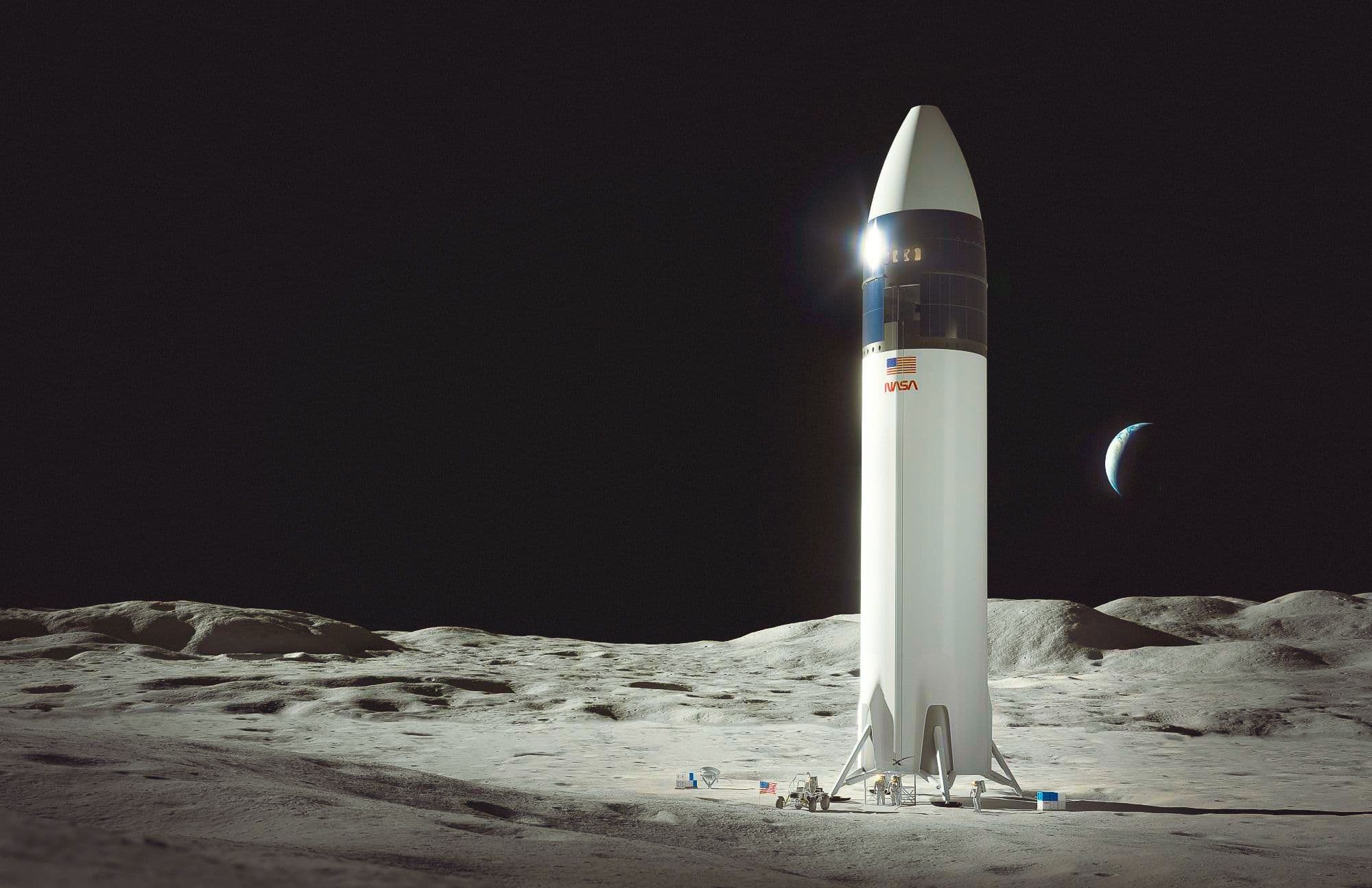
Breaking the Outer Space Treaty and Ascending to the StarsDec 6
a 1967 treaty bans ownership and resource extraction in outer space, preventing colonization and development. we must end it to secure humanity's survival.
Feb 10, 2024

Hey readers, it's the 40th issue of the White Pill, your favorite newsletter covering developments at the frontier of space, science, engineering, AI, and more. Let's get right to it.
But first — San Francisco readers! You know what time it is! Pirate Wires is having another GET TOGETHER at a bar next Thursday around 6PM. We will reveal the specifics soon, please mark your calendars for now. Thank you.